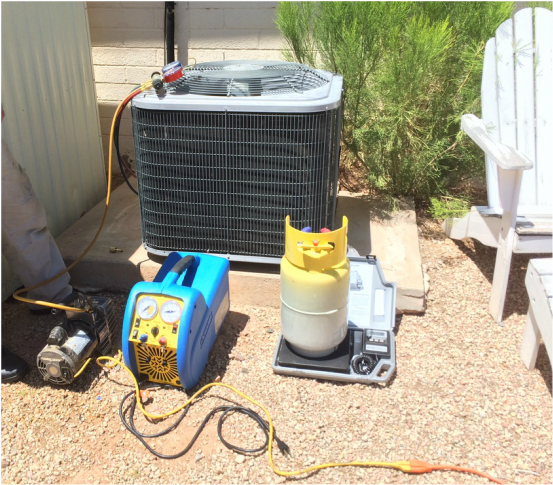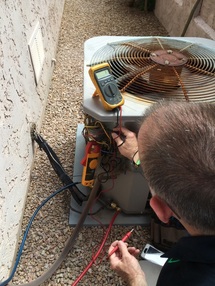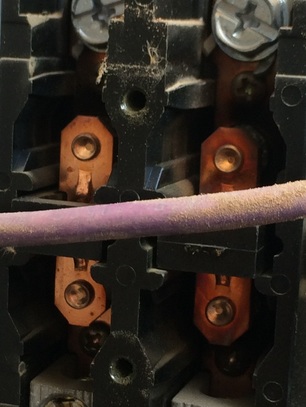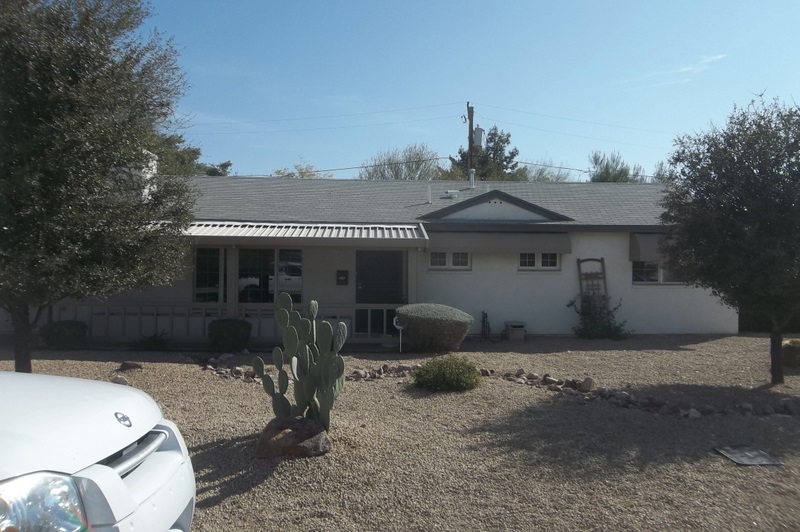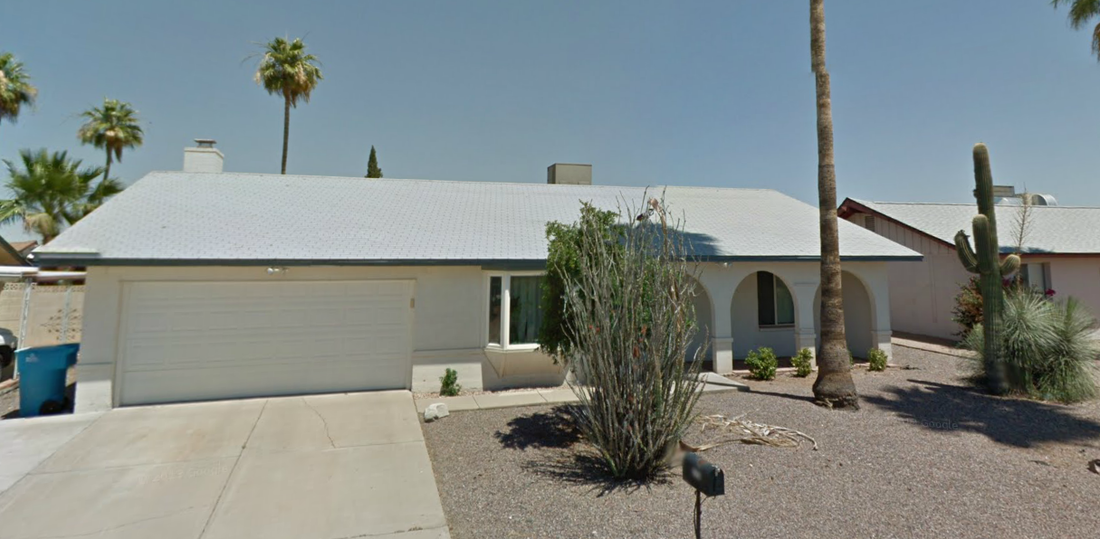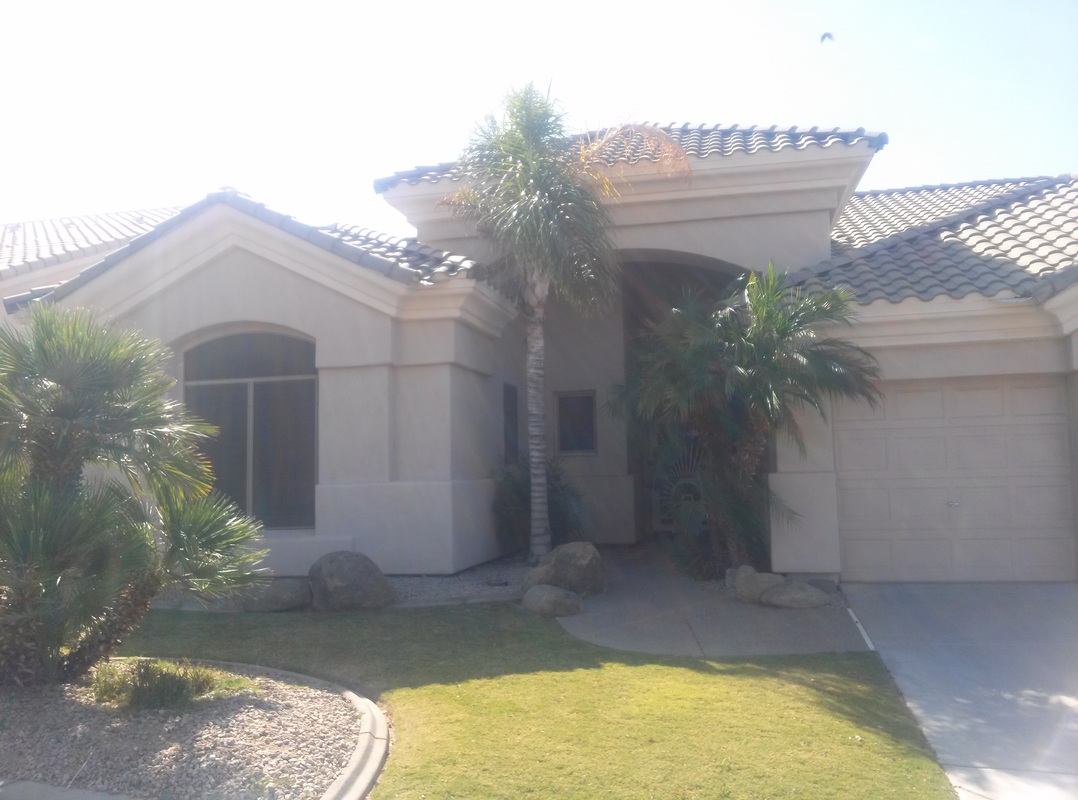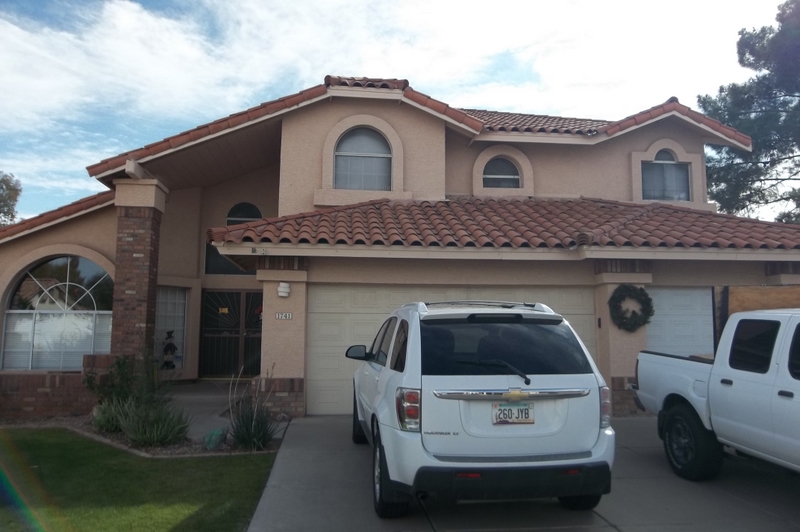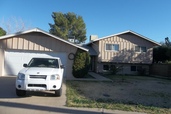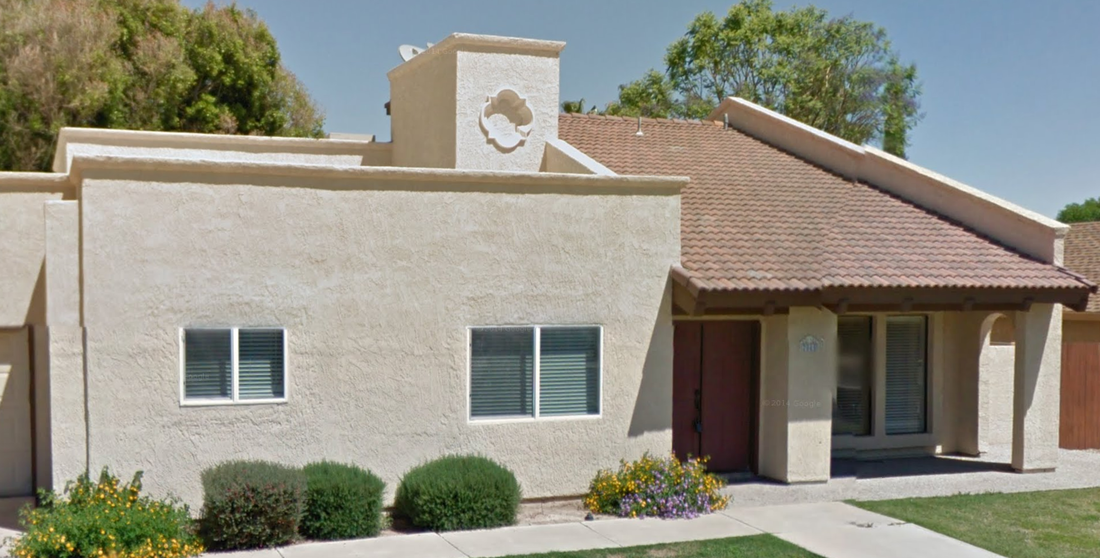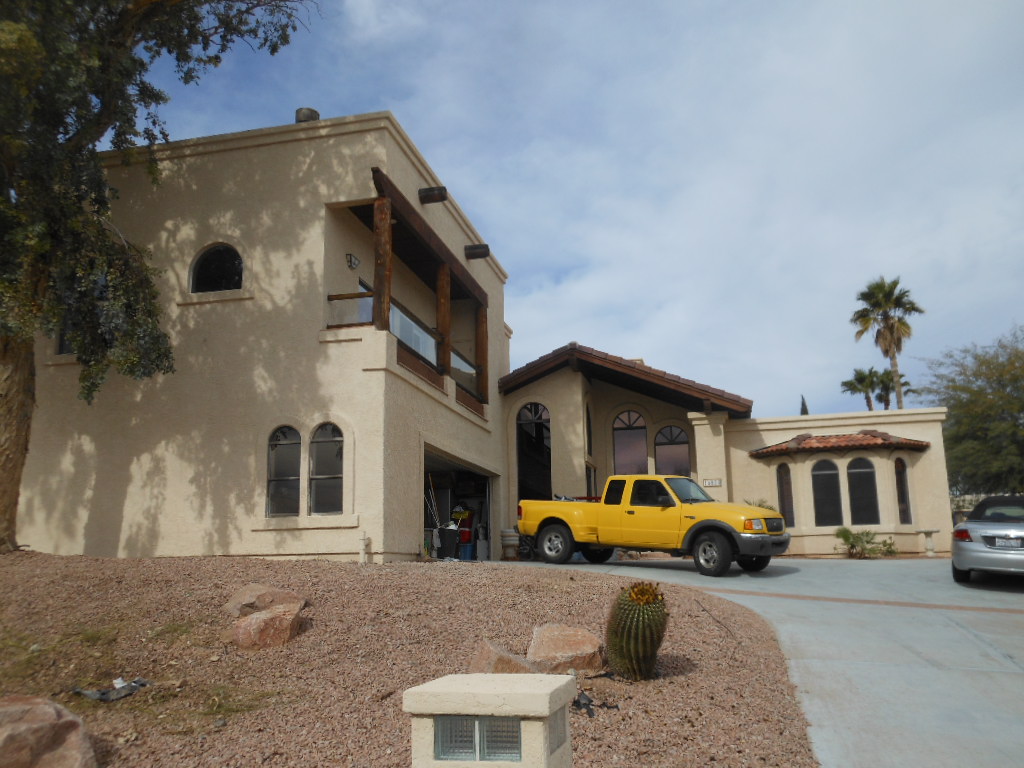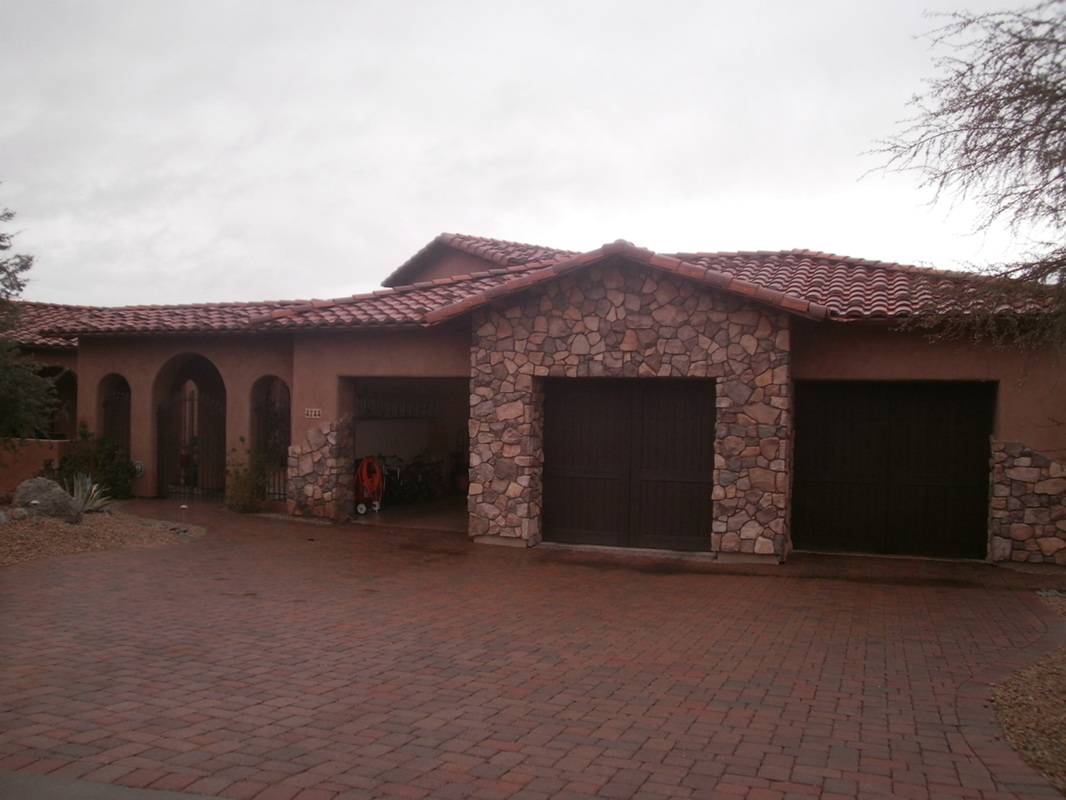|
AC systems account for more than 40% of our total energy bill in Phoenix area so it is essential that HVAC systems support a comfortable, healthy indoor environment and operate efficiently throughout their lifecycles. For Phoenix residents, an AC check up can be beneficial twice a year. Once during the Spring before the cooling season and once in the Fall, after the air conditioner has done all the heavy lifting for the summer before the heating season. The Spring tune up is important because to verify that the air conditioner will be ready and tuned up for the long summer stretch, where it is expected to run 6-8 hours in the summer. Mechanical systems require routine monitoring, adjustments, periodic cleaning, and eventual replacement of components. Conducting regularly scheduled inspections, maintenance, and remediation of HVAC systems prolongs equipment efficiency, promotes healthy clean air, supports lower utility costs, guards against unexpected failures, and prolongs equipment life. Occupants and the environment will both benefit. Every AC check up should include an air handler / furnace inspection This means that your AC technician should be getting in the attic and you should see him with a ladder, tarp and tools. Too many AC companies do NOT go into the attic as part of their AC tune up and they should be. There are several important checks that need to be done in the attic and can’t be done from the outside condenser alone. A complete 31 point AC check up should tailored specifically for the Phoenix’s summers and dry winter and include… 1. Baseline measurements Thermostat set points, filter sizes, system type, system size, model and serial numbers, outside temperature, relative humidity are all standard measurements that help interpret our AC readings. Even in a hot dry climate like Phoenix, these readings can add valuable insight to help diagnosis HVAC problems waiting to happen. 2. Compressor amps The compressor is the heart of the AC unit and is the most expensive part of the AC unit. It is well worth the investment to protect the compressor and ensure it runs smoothly by making sure the other AC components are also working properly. A high amp draw on the compressor can be a sign that something upstream or downstream from the compressor is out of whack and doesn’t necessarily mean the compressor needs to be replaced… although that is what most inexperienced technicians believe. 3. Compressor run capacitor, outdoor fan motor run capacitor and indoor motor run capacitor
Capacitors hold and release energy that allow the compressor and fan motors to start. Common signs of bad capacitors are bulging, leaking fluid and burnt contacts at the capacitor and low or high electrical output. If you hear a humming sound at the compressor but it refuses to start, it’s a sign that a capacitor has gone bad. A weak run capacitor can significantly shorten the life of the HVAC system. A hard starting compressor, a compressor that is constantly short cycling or improperly sized ductwork can lead to an early capacitor failure. 4. Outdoor and indoor fan motor and blower motor amps Amperage is a measure of power being used by an electrical device, in this case an AC fan motor. When a motor is drawing more current than it was designed for, it will shorten its life and burn up the motor. Mechanical failures at the fan motor come from dry or worn bearings which over time which can start to show warning signs via a high amp draw on the fan motor. If the AC system is overcharged with refrigerant it may also cause the fan motor to go bad. 5. Fan blade and blower wheel balance A mismatched fan blade can adversely affect the performance of the unit, cause insufficient cooling and a high energy bill. A mismatched fan blade may have been installed on a hack job or if the AC fan blade or blower wheel was bent somehow it can throw off the balance of the fan or wheel. When a fan blade is imbalanced the outside condenser cannot get rid of enough heat to complete the refrigeration cycle and you may get an icing of the coils or you may notice your home not being able to cool as well as it used too. Same thing is true for the blower wheel balance 6. Start contactor An air conditioning contactor allows the unit to turn on and off like a switch. Common signs of bad contactors are burnt or corroded contact points and electrical outputs out of typical range which are typically caused from constant wear over time. Sometimes the contactor will “stick” close or not make good enough contact when pulled in because of pitting or debris. 7. Reversing valve and solenoid (heat pumps only) Reversing valves on heat pumps reverse the flow of refrigerant depending on the heating or cooling season. A bad reversing value can often be confused with a bad compressor. A skilled technician will be able to diagnose which one is the problem. Reversing valves operate on pressure differences so depending on the refrigerant levels when the AC system is on, and what is does once it is shut off can tell us a lot about diagnosing any problems. 8. Low and high voltage electrical connections Poor high voltage connections at the bus bar, disconnect and into the AC units can also cause AC components to over-amp. Over time initial weak electrical connections will shift with the expansion and contraction of the electrical heat and a simple tightening of the screws and keep current flowing at each components rated amps. 9. Super heat and sup cool refrigerant pressures Refrigerant pressures are often misread and taken improperly by inexperienced technicians which can lead to an improper diagnosis. AC units that do not have the proper refrigerant charge can be caused from refrigerant leaks, a bad reversing value, or from a previous tech adding too much refrigerant. Leak checks can be done by pressurizing the refrigerant lines with nitrogen, a Freon gas sniffer or soap bubbles if the tech cannot visually locate the leak. 10. Condensation pan Checking the secondary condensation drip pan is important even if little or no moisture is being pulled from the house because we can tell us there are hidden issues that happen to occur before or after our inspection. We look for standing water, rust in the pan or potential clogging issues. Signs of previous standing water in the secondary drip pan (the one you can see) mean that the primary drip pan is clogged or the level of the air handler / furnace is sloped wrong… and that is a bad thing. When the primary drip pan gets clogged it can mean the evaporator coils are getting rusted and the debris is caught in the PVC drain pipes. The solution can be as simple as flushing out the lines or the indoor coil may be on its last leg and ready for replacement. 11. Static pressure Static pressure measures the amount of restrictions in the ductwork and can tell us if the unit is drawing too much amps because of a bad duct design. Common causes of a high static pressure would be closing registers, bad duct designs, kinks or restrictions in the ductwork or stamped faced registers. Signs that your unit has a high static pressure are constant capacitor failures, high energy bills and hot rooms in the summer. 12. Ductwork If you have ductwork that is only sized for a 4 ton AC system, but you have a 5 ton unit in your attic, do you think you’re home will receive the full 5 tons of air? If the air distribution network can only handler 4 tons of air, or 1600 CFMs, even if you put a 6 ton system on all that’s going to be delivered is 4 tons of air. Checking for the proper duct size, restrictions and leaks should be a part of every AC contractors tune up checklist. Mismatched or leaky ductwork will lower the SEER on any unit so to ensure you are getting all that you paid for, make sure your ductwork is matched up correctly and sealed to deliver all cold air to your home you are paying for. 13. Insulation Insulation is checked on AC inspections? Of course! A lack of insulation will allow the conditioned air that blows into the house to be lost like sand running through your fingers if your home is not properly insulated. If everything else in your tune up checks out OK, then we need to look past the unit to the insulation, ductwork, airflow and house leaks. Home performance is often neglected in AC check ups but should be integrated into every AC companies operations.
1 Comment
3/16/2022 04:02:08 am
For the small amount of money it costs to schedule a professional tune-up, the return on your investment can be huge. Besides helping avoid unexpected breakdowns, tune-ups are important for helping your unit recover lost efficiency, operate more safely, increase the overall lifespan of the unit, improve your overall level of comfort, and reduce your operating expenses.
Reply
Your comment will be posted after it is approved.
Leave a Reply. |
Sign Up For Your Home Energy AuditFIND YOUR HOME TYPERanch HomesSingle Story, Spec HomesTwo Story, Spec HomesTri-Level HomesPre-1990 Custom HomePost-1990 Custom HomeDon't See Your Home? Find Your City Below!Archives
April 2024
Copyright Notice©2009 – 2023
All Rights Reserved |


